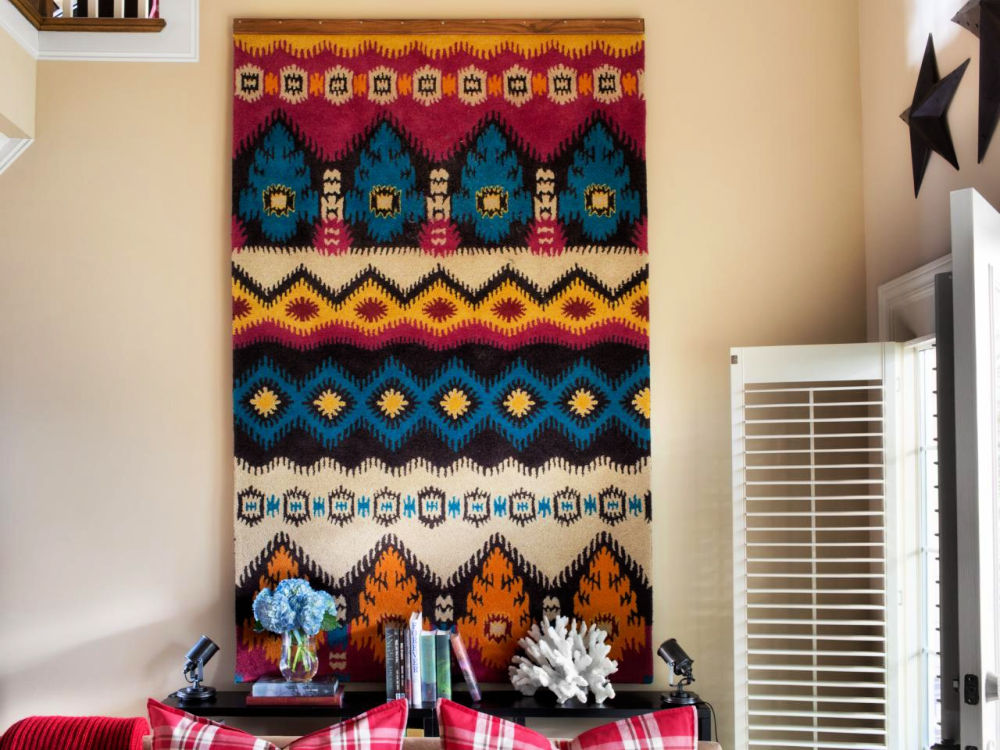DIY living room wall tapestry creation
DIY Living Room Wall Tapestry Creation
Introduction
Wall tapestries are a great way to add personality and style to your living room. They can also be a fun and easy project to DIY. With a few simple supplies, you can create a unique wall tapestry that will be the envy of your friends and family.
In this article, we will walk you through the steps of creating a DIY living room wall tapestry. We will provide instructions for choosing the right materials, designing your tapestry, and sewing it together. We will also give you some tips for hanging your tapestry and taking care of it.

Choosing the Right Materials
The first step in creating a DIY wall tapestry is choosing the right materials. You will need to decide what type of fabric you want to use, as well as what colors and patterns you want to incorporate.
For a living room wall tapestry, you will want to choose a fabric that is durable and easy to care for. Cotton, linen, and wool are all good options. You can also use a synthetic fabric, such as polyester or nylon, but these fabrics are not as breathable as natural fibers.

As for colors and patterns, the sky is the limit. You can choose a solid color, a print, or a combination of both. If you are not sure what you want, you can start by looking at some inspiration images online.
Designing Your Tapestry
Once you have chosen your materials, you can start designing your tapestry. You can either draw your design on paper or use a computer program to create a digital file. If you are not artistic, you can also find free templates online.

When designing your tapestry, keep the following things in mind:
- The size of your tapestry should be proportional to the size of your wall.
- The colors and patterns in your tapestry should complement the other decor in your living room.
- Your tapestry should have a focal point, such as a large image or a bold color.
Sewing Your Tapestry
Once you have designed your tapestry, you can start sewing it together. If you are not familiar with sewing, you can take your tapestry to a professional seamstress. However, if you are feeling adventurous, you can sew your tapestry yourself.
To sew your tapestry, you will need a sewing machine, thread, and needles. You will also need to cut out your fabric pieces according to your design.
Start by sewing the front and back of your tapestry together. Then, sew the sides together. If you are using a heavyweight fabric, you may need to use a heavy-duty sewing machine.
Once your tapestry is sewn together, you can add any finishing touches, such as fringe or tassels.
Hanging Your Tapestry
Once your tapestry is finished, you can hang it in your living room. There are a few different ways to hang a tapestry.
- You can hang it from a nail or hook in the wall.
- You can use a tapestry rod or curtain rod.
- You can hang it from a piece of furniture, such as a bookcase or credenza.
When hanging your tapestry, make sure that it is level and that it is not too close to the ceiling. You also want to make sure that the tapestry is not blocking any windows or doors.
Taking Care of Your Tapestry
To keep your tapestry looking its best, you need to take care of it properly. Here are a few tips:
- Dust your tapestry regularly with a dry cloth.
- If your tapestry gets dirty, you can spot clean it with a mild detergent and water.
- Do not dry clean your tapestry.
- Do not iron your tapestry.
By following these tips, you can enjoy your DIY wall tapestry for many years to come.
Conclusion
Creating a DIY wall tapestry is a great way to add personality and style to your living room. It is also a fun and easy project that you can do yourself. With a few simple supplies, you can create a unique wall tapestry that will be the envy of your friends and family.





